What Is Outbound Logistics: Strategies & Performance
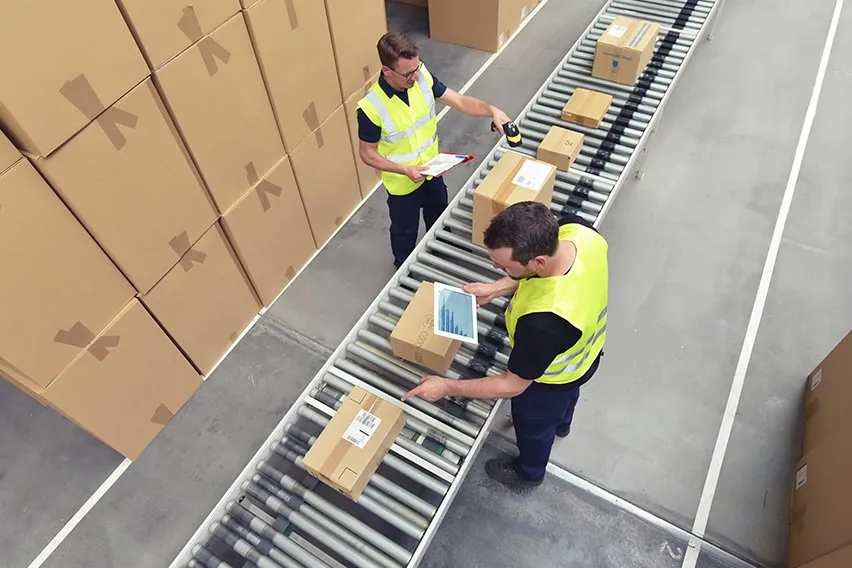
When you’re running a business, being organized is absolutely essential.
With the amount of task, troubles and trials consistently flying at you, the more in order everything is the better.
Your logistics are therefore one of the most important facets of your business, but they are also one of the most expensive. In 2020, it was estimated that businesses spent over £1.5 trillion on logistics related costs.
So depending on the size of your business and what products you’re selling, you could be spending around 11% of your revenue on your logistics.
But is it a cost worth having? Logistics directly impacts the experience of your customers. So through optimizing your processes, you can not only reduce your costs but enhance the way your customers experience your business.
But what exactly is outbound logistics? We’ll take a look at outbound logistics and the importance that it has on businesses, no matter what size they are.
Here’s What We’ll Cover:
What Is the Difference Between Inbound Logistics and Outbound Logistics?
What Is the Process of Outbound Logistics?
What Are the Key Performance Indicators for Successful Outbound Logistics?
What Is Outbound Logistics?
Outbound logistics is a fairly easy to understand concept. It is the term used to describe the process of moving, storing and distributing goods. So essentially it is the process of the movement and storage of products from the end of the production line to their final destination; your customers.
There are 4 stages of outbound logistics:
- Warehousing and storage
- Inventory management
- Distribution and transportation
- Last-mile delivery
Let’s take a closer look at each stage and highlight their purposes.

Warehousing and Storage
The goal of warehousing is to keep your products safe, secure and readily available. Products can be stored in a warehouse that is owned by the business, or a warehouse that is owned by a third-party logistics company.
Warehouse management is a key system in the process. The more streamlined and organized the storage is, the more efficient you can make deliveries. This point brings us nicely onto the next stage.
Inventory Management
It seems to be a good idea to know exactly where each product is in your warehouse. Yet a surprising number of warehouses are unorganized and unkept.
Inventory management involves packing and storing your goods and products in the right place. Many warehouse managers will have an inventory management system to help with this.
When the warehouse is organized, orders can be processed much faster as there is no confusion or delays.
Distribution and Transportation
Once an order has been placed and packed, it needs to be shipped.
At this stage of the process, goods will be loaded onto a vehicle to be delivered to distribution centers or partners. This may be on trucks, planes, boats etc. It entirely depends on the product or the transportation requirements.
Last Mile Delivery
The last mile delivery is arguably the most important stage of the process. This is where your products go from the distribution center to the customer’s door.
It is also potentially the most expensive step as you will need a fleet of delivery trucks or vans to get the products safely to your customers.
What Is the Difference Between Inbound Logistics and Outbound Logistics?
There is a key difference that separates outbound and inbound logistics. Inbound logistics encompasses all of the processes that are related to receiving products from suppliers and manufacturers. This may include things such as:
- Procurement of raw materials
- Sourcing
- Buying
- Storing
- Distributing goods
- Supplier returns
Outbound logistics however is everything to do with delivering products to a business’s customers. So this may include processes such as:
- Inventory management
- Order management
- Packing
- Distribution
What Is the Process of Outbound Logistics?
The outbound process may change depending on the business. So there may be a slightly different process if you’re running a brick and mortar business compared to if you were running an e-Commerce store.
To give an example, let’s say that you’re running an online store that sells home appliances.
There are 7 typical steps throughout a typical outbound logistics operation:
1. Order Placing
Your customer will visit your online store and make a selection of a specific product. After going through the ordering process, the order will be placed.
2. Confirmation and Picking
Once the order has been confirmed and paid for, the warehouse will be sent the order. The warehouse workers will then find the relevant product and place it aside, ready to be packed.
3. Packing
When the product or products have been picked, they will be packaged and prepared for shipping. This would normally involve moving the products to the loading dock.
4. Pick Up
Freighter trucks will then load and pick up the products. This step will normally involve a number of orders being picked up so that space and time is maximised for efficiency purposes.
5. Transportation to Distribution Centers
The freight trucks will transport the packed goods to a distribution center. Once there, they will be unpacked and readied for delivery via various distribution channels.
6. Package Pick Up
Smaller delivery trucks will then pick up individual orders at the distribution center for their specified delivery area.
7. Final Delivery
The package will then be delivered by the delivery trucks or vans to the customer per their initial order. This then completes the outbound logistics process.

What Are the Key Performance Indicators for Successful Outbound Logistics?
There are a number of key criteria that need to be met to have a successful outbound logistics system. But perhaps the most important of all is customer experience and satisfaction.
At the end of the day, if your customer isn’t happy with what you’ve delivered, then your business will suffer.
So to make sure you are meeting and even exceeding your customers expectations, you should concentrate on the following:
Delivery Time
With many large companies doing same day or one day deliveries, there is little room for error when it comes to delivery times.
Every time a package is delayed, your reputation will suffer. It’s not enough to promise fast delivery, you have to make sure that the promise is kept.
Delivery Accuracy
The only thing worse for a customer’s experience than a delayed delivery is a non-delivery.
Your outbound logistics should be tailored so that mistakes are as close to eliminated as possible. The majority of delivery errors will be due to warehousing mistakes, where a package is put through the wrong system.
Delivery Quality
Even if you have successfully carried out the previous two steps, the product must be delivered in good condition. If it’s damaged in any way then customers will more likely than not complain and send the product back.
This is why if you use a third-party logistics provider, you need to make sure that they are trustworthy and professional.
Key Takeaways
Outbound logistics is a vital cog in the process of delivering products and services to your customers.
Understanding the channels of distribution and each step of the logistics process is an important part of running a business.
If your customers get good service, then they are more likely to trust your business. The more they trust you, the more likely they are to become repeat customers. The more repeat customers you have, the more money your business will make.
It’s also important to pick reliable wholesalers, distributors or retailers. A business lives and breathes on the connections and relationships it makes with both its customers and it’s suppliers. So make sure you pick wisely.
Are you looking for more business advice on everything from starting a new business to new business practices?
Then check out the FreshBooks Resource Hub.
RELATED ARTICLES

 Self-Employed Vs Employee: What’s the Difference?
Self-Employed Vs Employee: What’s the Difference?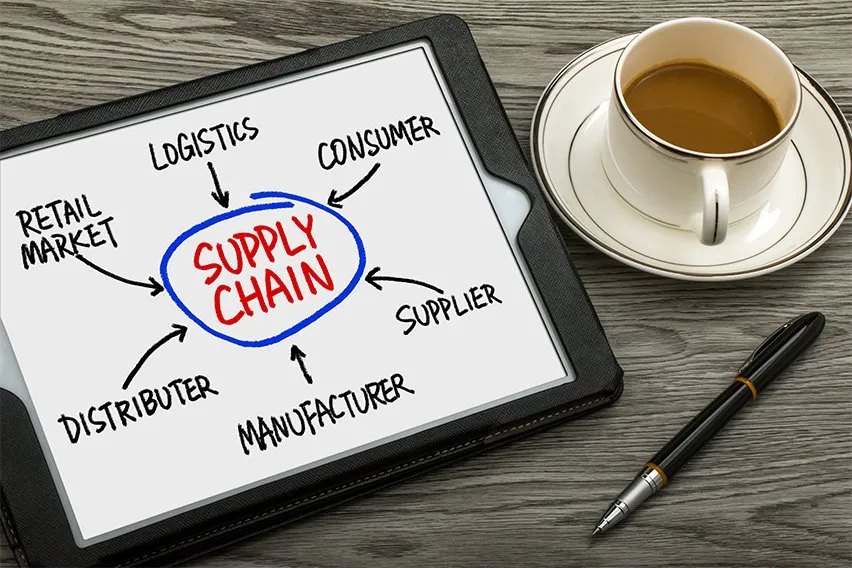 Supply Chain Planning: Process, Strategy & Benefits
Supply Chain Planning: Process, Strategy & Benefits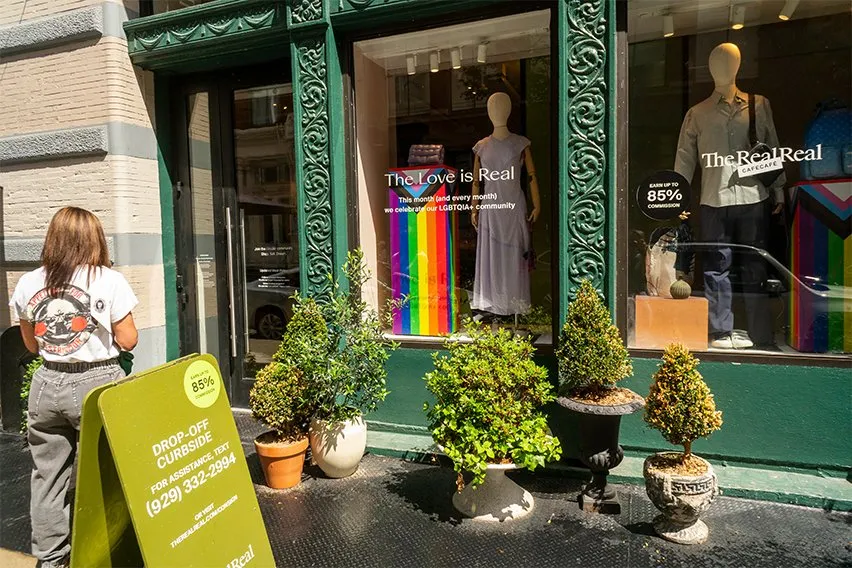 Consignment Sales: What Is & How Does It Work?
Consignment Sales: What Is & How Does It Work?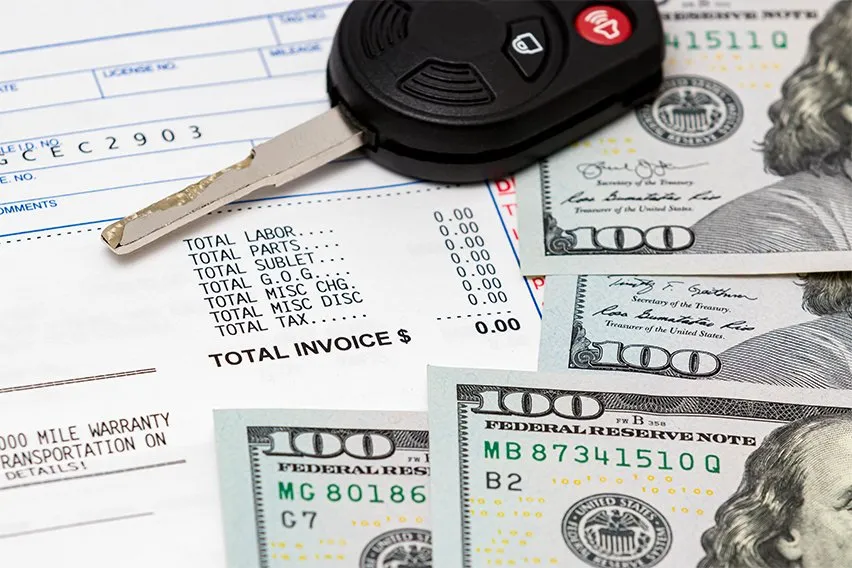 What Is Cost Breakdown Structure?
What Is Cost Breakdown Structure?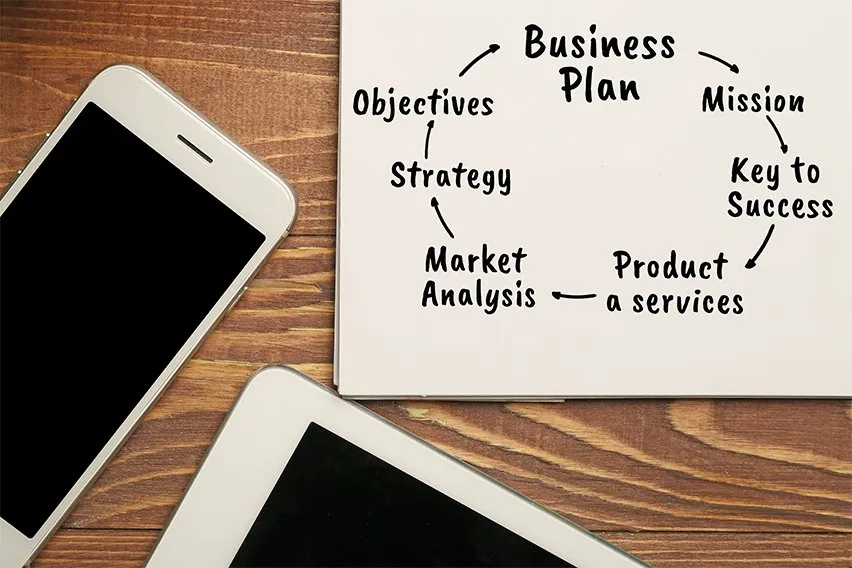 9 Essential Components of a Business Plan
9 Essential Components of a Business Plan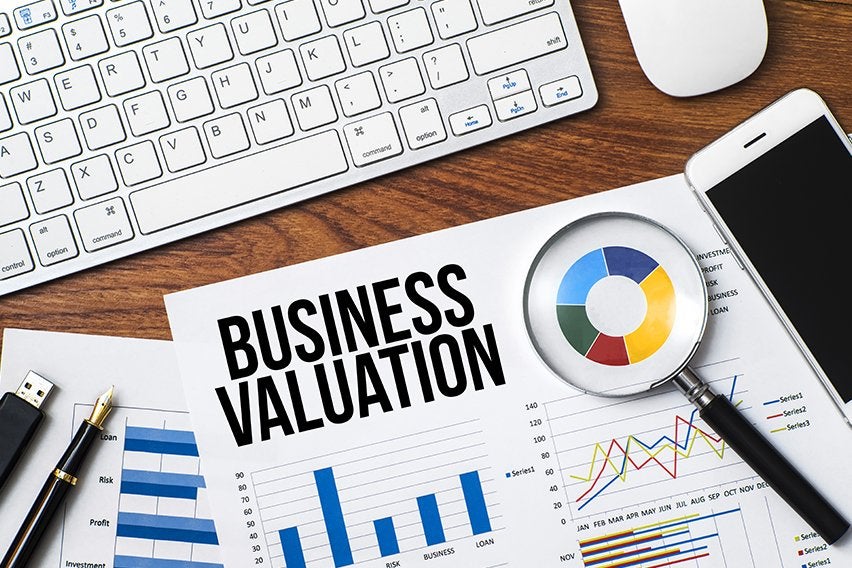 Understanding the Top Business Valuation Methods
Understanding the Top Business Valuation Methods